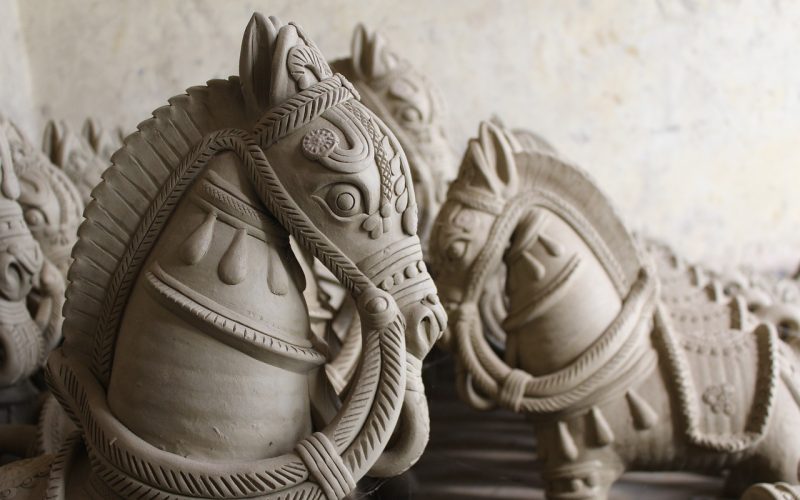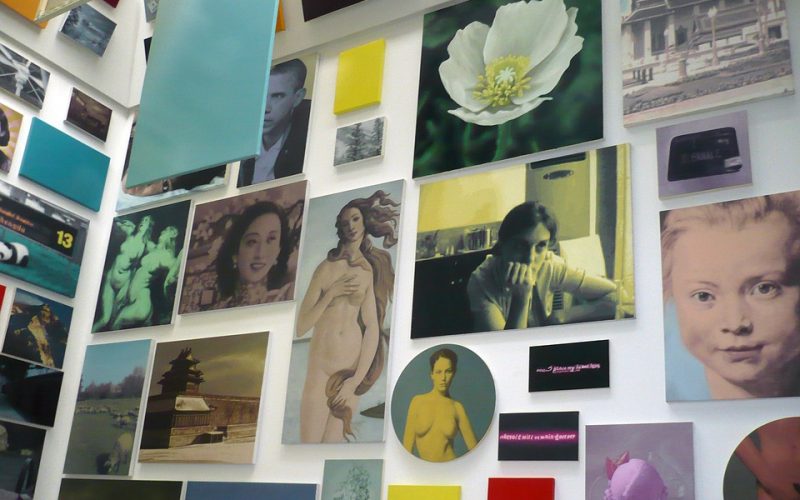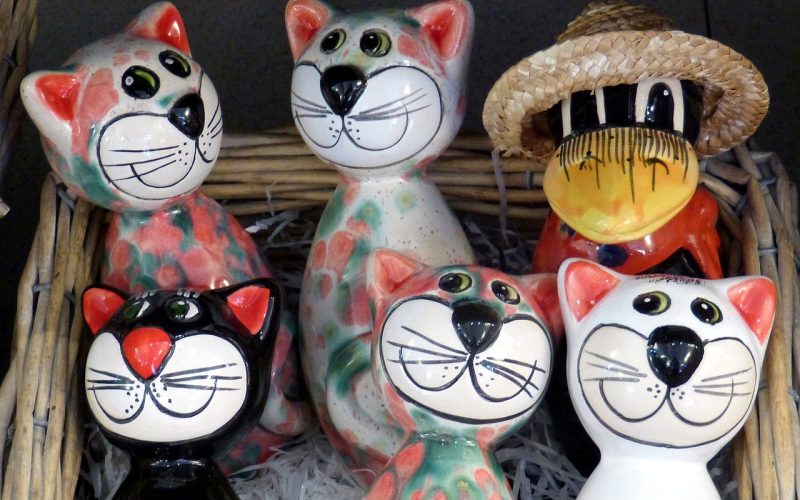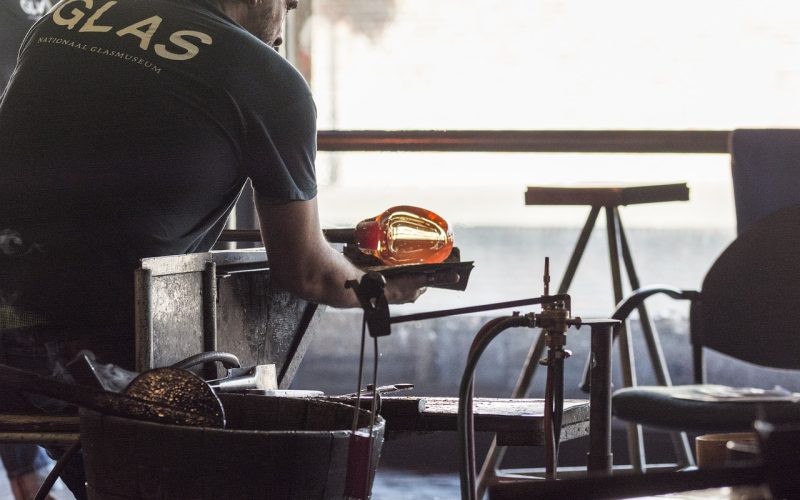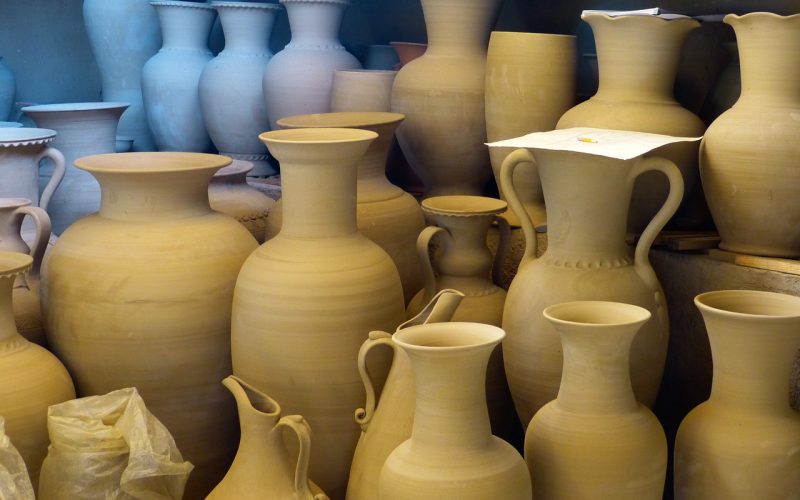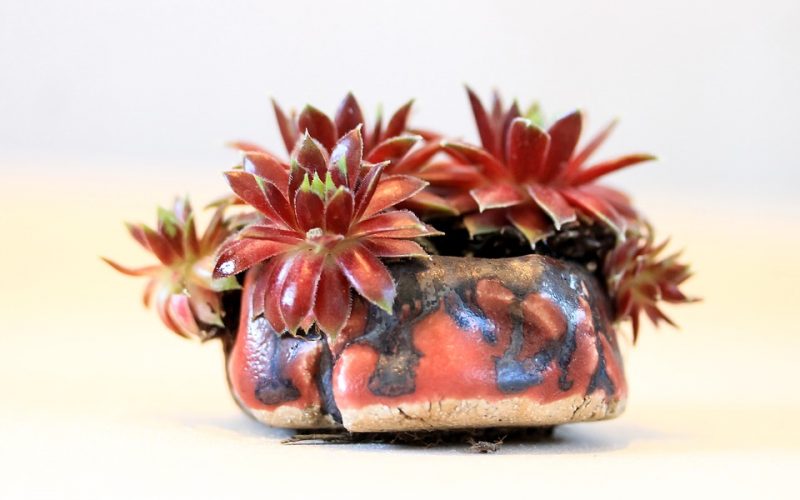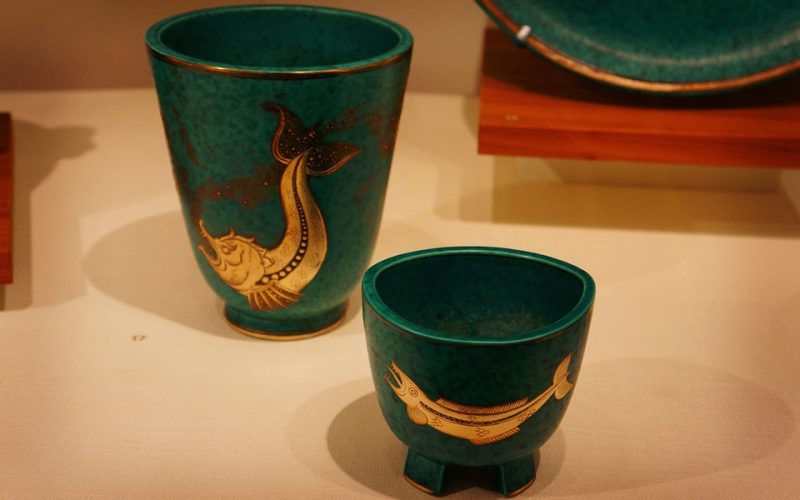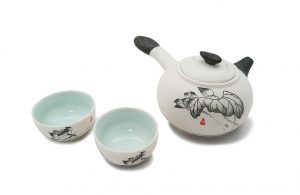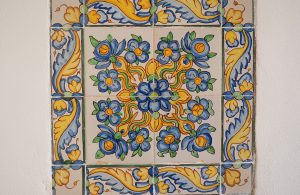Throughout human history, pottery has served not just as a practical necessity but also as a canvas for artistic expression. Across different centuries and continents, civilizations have left their mark on pottery, offering insights into their cultural and social dynamics.
The origins of pottery decoration in ancient times
The origins of pottery decoration can be traced back to prehistoric times when early humans used simple tools to create patterns on clay vessels. In regions like the Middle East, pottery from the Neolithic period often features basic geometric designs, such as lines and dots, scratched or impressed into the surface. These early decorations were not merely aesthetic; they also served practical purposes, such as improving grip or identifying the potter.
Intricacies of Egyptian and Mesopotamian pottery
In ancient Egypt, pottery became more sophisticated with advancements in kiln technology. Egyptian artisans utilized vibrant colours derived from natural minerals to paint scenes of daily life, mythology, and nature onto their pottery. These decorations not only adorned household items but were also integral to burial goods, intended to accompany the deceased into the afterlife. Meanwhile, Mesopotamian pottery was known for its intricate designs, often depicting religious themes and cuneiform script, which reflected the region's complex social and religious systems.
The artistic innovations of Greek and Roman ceramics
The Greeks and Romans took pottery decoration to new heights, imbuing it with immense artistic value. Greek pottery, particularly during the Archaic and Classical periods, is renowned for its black-figure and red-figure techniques. These styles involved painting figures in silhouette against contrasting backgrounds, often illustrating mythological narratives or heroic exploits. Roman pottery continued this tradition, adopting Greek motifs but also incorporating new designs that reflected their diverse empire, such as representations of exotic animals or conquered peoples.
Diverse styles in Asian pottery
In Asia, pottery decoration varied greatly, reflecting the continent's vast cultural tapestry. Chinese pottery, from the Shang dynasty to the Ming dynasty, showcased advancements in glazing and firing techniques. Chinese artisans pioneered blue-and-white porcelain, characterized by cobalt blue designs on white clay, which became highly sought after both domestically and internationally. In Japan, the emphasis was on simplicity and natural beauty, as seen in the use of subdued glazes and the incorporation of asymmetrical patterns, aligning with Zen Buddhist aesthetics.
Indigenous pottery in the Americas
Indigenous cultures in the Americas also contributed significantly to the art of pottery decoration. Native American tribes, such as the Puebloans, decorated their ceramics with intricate geometric patterns and motifs inspired by nature. These designs were often symbolic, representing spiritual beliefs or clan affiliations. Similarly, the Andean civilizations of South America, like the Moche, created pottery adorned with realistic depictions of animals, people, and mythical beings, demonstrating skilled craftsmanship and storytelling.
Modern interpretations and influences in pottery art
In modern times, pottery decoration continues to evolve, drawing inspiration from past traditions while incorporating contemporary influences. Artists experiment with new materials and techniques, blending traditional motifs with abstract designs or digital technology. This fusion is evident in the work of contemporary ceramicists who challenge conventional boundaries, creating pieces that are as much about conceptual exploration as they are about functional use.
Pottery decoration provides a window into the past, revealing the aesthetic preferences, technological innovations, and cultural values of different civilizations. From the simple patterns of early humans to the elaborate designs of ancient empires, pottery remains a testament to human creativity and ingenuity, transcending time and geography to connect us with our shared history.
